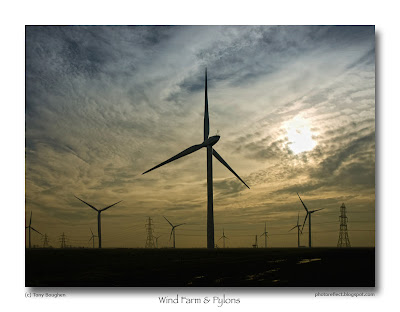 click photo to enlarge
click photo to enlargeThe other week I gave a talk about garden and flower photography to the local garden club. During the course of the presentation I talked about whether or not to include sky in shots of gardens. My view was that, in general, better photographs of gardens result from compositions that exclude the sky unless including it adds something positive to the image. So, I said, I favoured a blue sky broken by clouds, or a sky with interesting clouds, but I would strive to eliminate from my photographs, or at least minimise, flat, grey stratus, or a boring, clear blue sky.
In a country that is known for its clouds, where the changeable weather is a favourite topic of conversation, and where many choose their holidays on the basis of how clear and blue the sky is, that last phrase bit to be a little controversial, and so it proved. So I was careful to make it clear that I was only disparaging flawless azure in photographic terms - for other purposes I recognised that it had its uses.
Much the same might be said of whether or not to include the sky in a landscape photograph. I think it's true that for the landscape photographer an interesting arrangement of clouds can be the difference between an average image and a good one. In fact, it's no exaggeration to say that a beautiful sky can be the star of a landscape photograph, and what appears below can be merely the supporting cast. An image like today's illustrates that point quite well. It isn't a wonderful shot, but what good qualities it does possess rely heavily on the colours, patterns and tones of the sky: the silhouettes of the wind turbines, the electricity pylons and wires are the nominal (and necessary) subjects, but are secondary to what is happening above.
Regular visitors to the blog will note another image where the sun has been deliberately included (see here).
photograph & text (c) T. Boughen
Camera: Olympus E510
Mode: Aperture Priority
Focal Length: 14mm (28mm/35mm equiv.)
F No: f7.1
Shutter Speed: 1/2000
ISO: 100
Exposure Compensation: 0 EV
Image Stabilisation: On